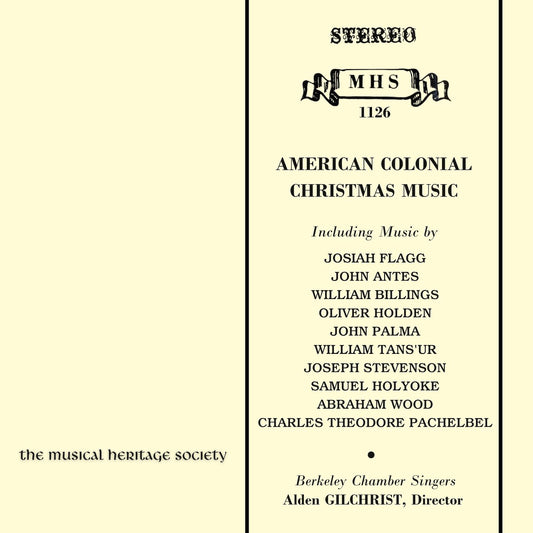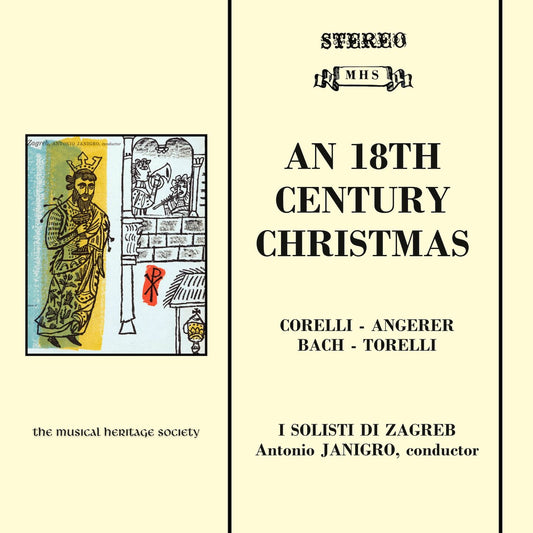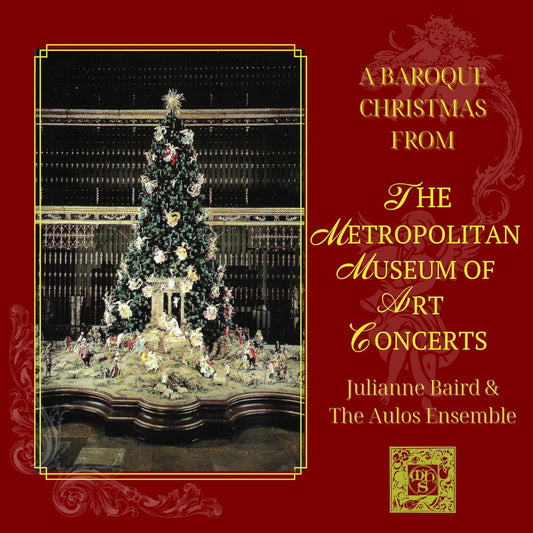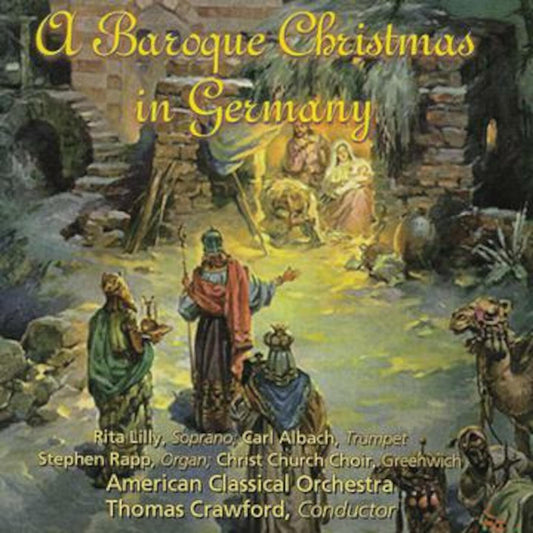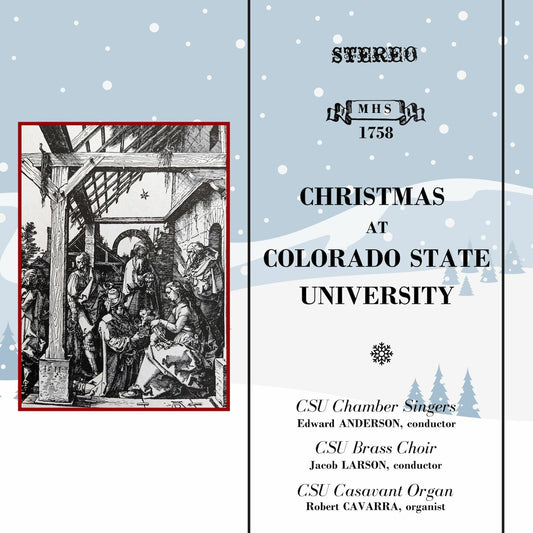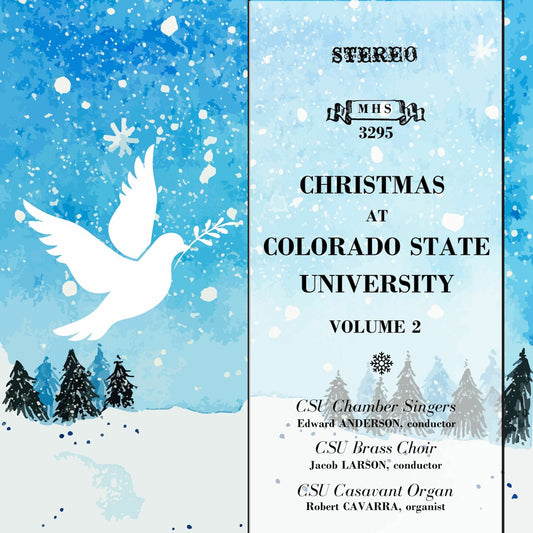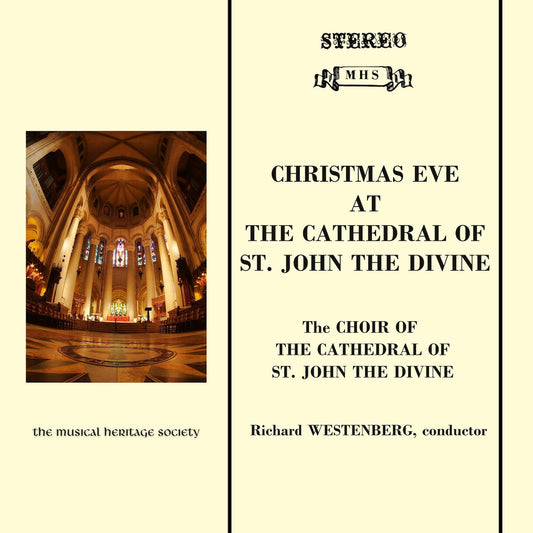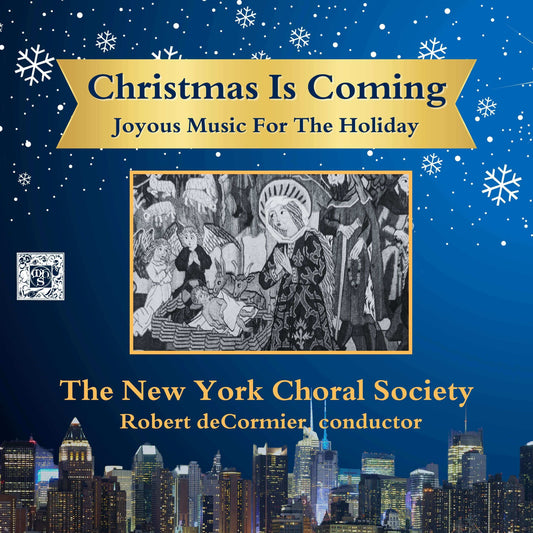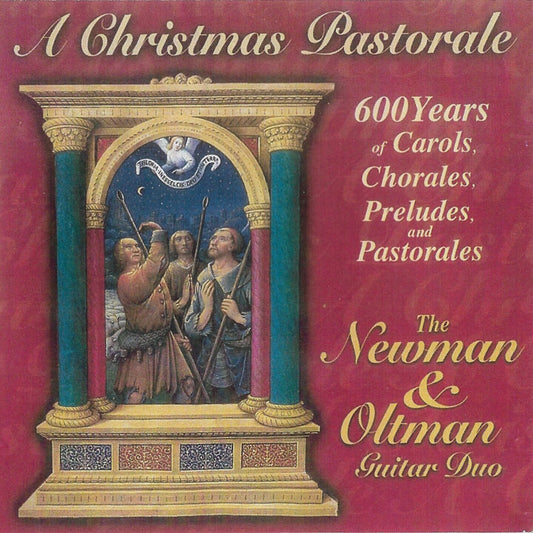MUSICAL HERITAGE SOCIETY: CHRISTMAS MUSIC COLLECTION
Rita Ford's Joyous Music Box Christmas (Complete)
Rita Ford's Joyous Music Box Christmas (Complete)
Regular price
$9.98
Regular price
$9.99
Sale price
$9.98
Unit price
/
per
$5.00
MHS
DOWNLOAD


00:00
/
00:00
•
skip_previous
play_circle_outline
pause_circle_outline
skip_next
Also Available from MUSICAL HERITAGE SOCIETY: CHRISTMAS MUSIC COLLECTION
-
Members Save 50% DIGITAL DOWNLOAD with LINER NOTES
AMERICAN COLONIAL CHRISTMAS MUSIC - Berkeley Chamber Sing...
ExploreRegular price $9.99Regular priceUnit price / per$9.99Sale price $9.99 -
Members Save 50% MHS EXCLUSIVE DIGITAL DOWNLOAD
An 18th Century Christmas - I Solisti di Zagreb, Antonio ...
ExploreRegular price $9.99Regular priceUnit price / per$9.99Sale price $9.99 -
Members Save 50% DIGITAL DOWNLOAD
Baroque Christmas From The Metropolitan Museum of Art
ExploreRegular price $9.99Regular priceUnit price / per$9.99Sale price $9.99 -
Members Save 50% DIGITAL DOWNLOAD
Baroque Christmas in Germany - Thomas Crawford, American ...
ExploreRegular price $9.99Regular priceUnit price / per$9.99Sale price $9.99 -
Members Save 50% DIGITAL DOWNLOAD with LINER NOTES
CHRISTMAS AT COLORADO STATE UNIVERSITY, Volume 1 - Colora...
ExploreRegular price $9.99Regular priceUnit price / per$9.99Sale price $9.99 -
Members Save 50% DIGITAL DOWNLOAD with LINER NOTES
Christmas at Colorado State University, Volume 2 - Colora...
ExploreRegular price $9.98Regular priceUnit price / per$9.98Sale price $9.98 -
Members Save 50% DIGITAL DOWNLOAD
Christmas Eve At The Cathedral of St. John The Divine - R...
ExploreRegular price $9.99Regular priceUnit price / per$9.99Sale price $9.99 -
Members Save 50% DIGITAL DOWNLOAD
Christmas in the New World - The Western Wind
ExploreRegular price $9.99Regular priceUnit price / per$9.99Sale price $9.99 -
STREAMING
Christmas Is Coming: Joyous Music for the Holiday Season ...
ExploreRegular price $0.00Regular priceUnit price / per$0.00Sale price $0.00 -
Members Save 50% DIGITAL DOWNLOAD
Christmas Pastorale - The Newman & Oltman Guitar Duo
ExploreRegular price $9.99Regular priceUnit price / per$9.99Sale price $9.99 -
Members Save 50% DIGITAL DOWNLOAD with LINER NOTES
Christmas with The Harvard Glee Club
ExploreRegular price $9.98Regular priceUnit price / per$9.98Sale price $9.98 -
EXCLUSIVE - MAIN SELECTION
HARVARD GLEE CLUB: The Complete Musical Heritage Society ...
ExploreRegular price $29.99Regular priceUnit price / per


